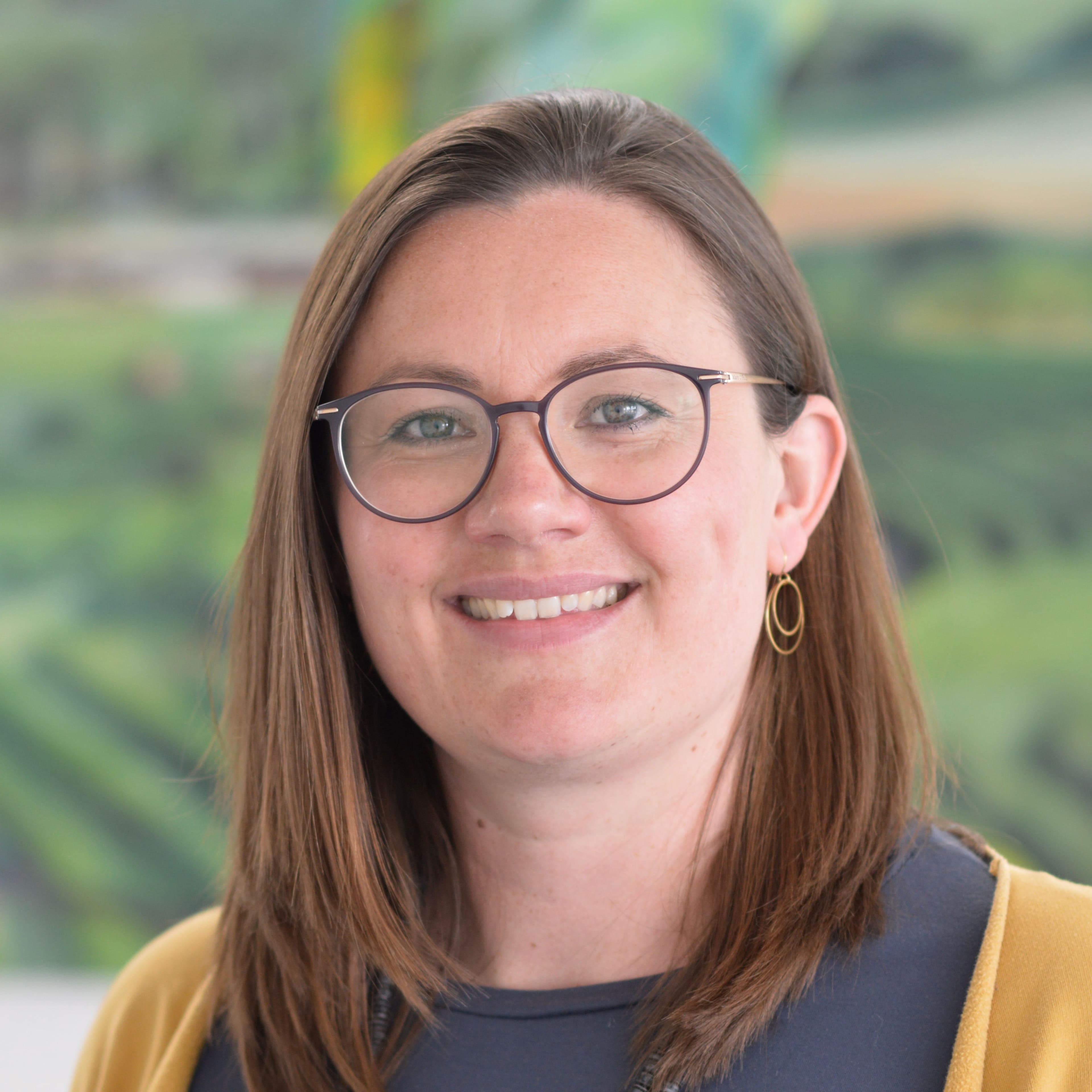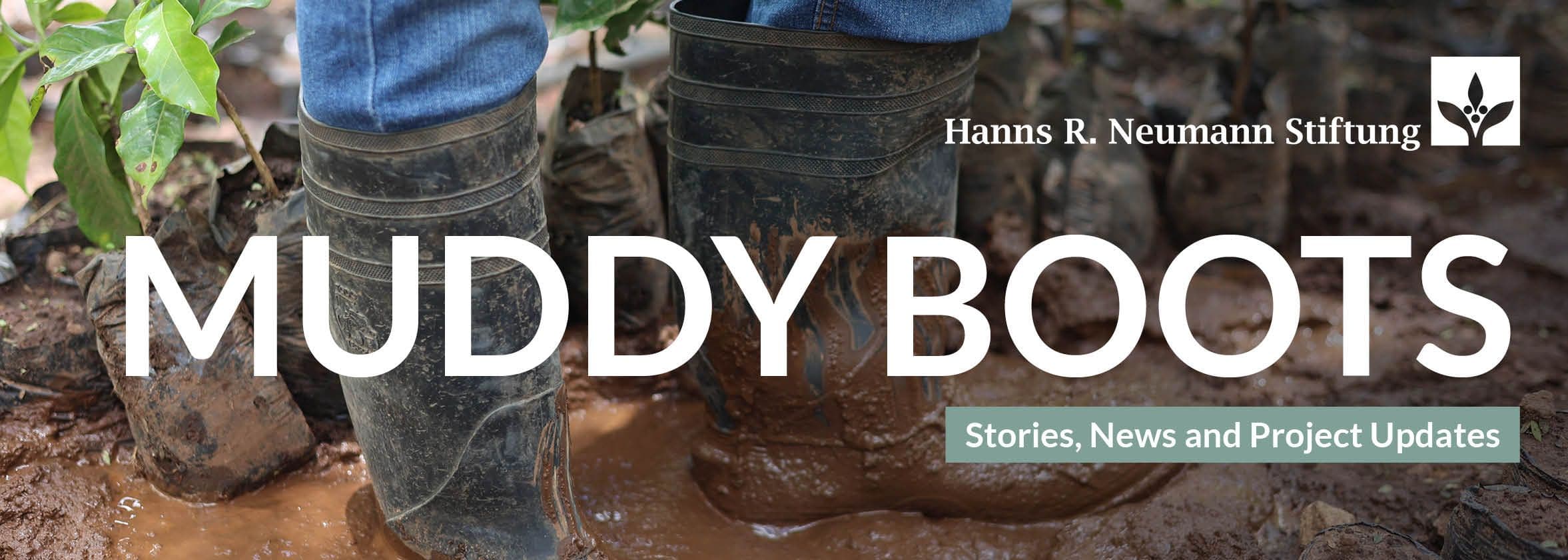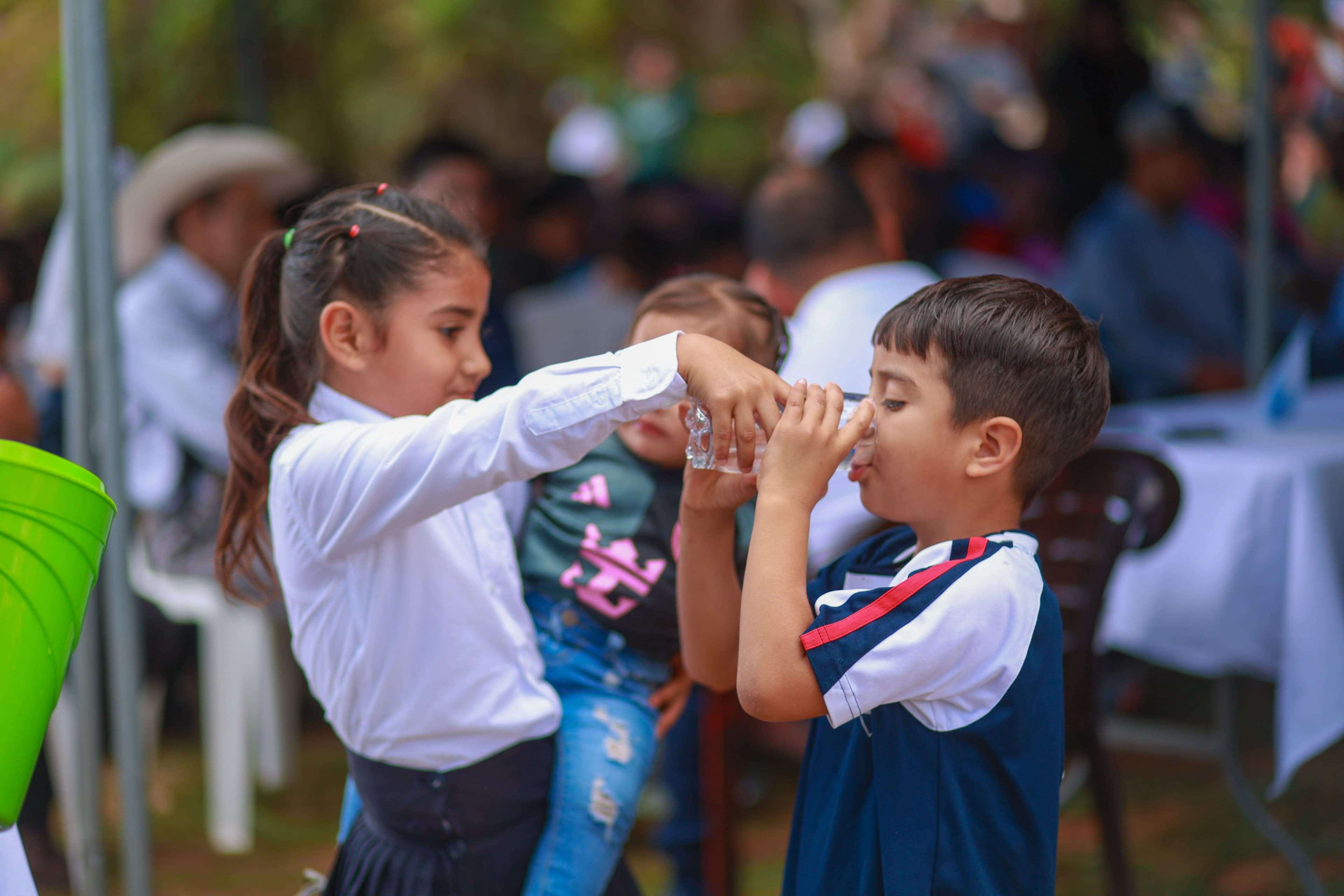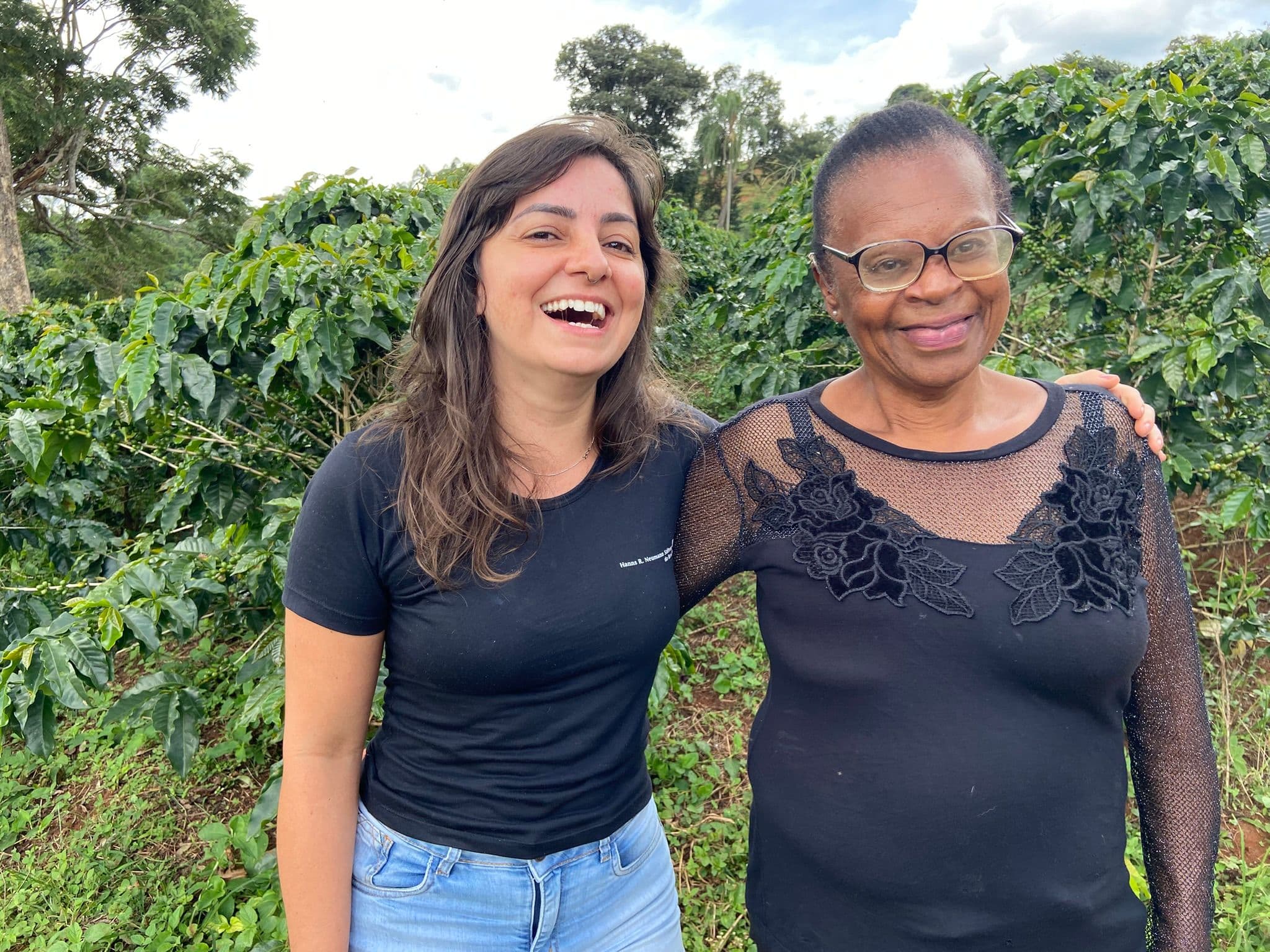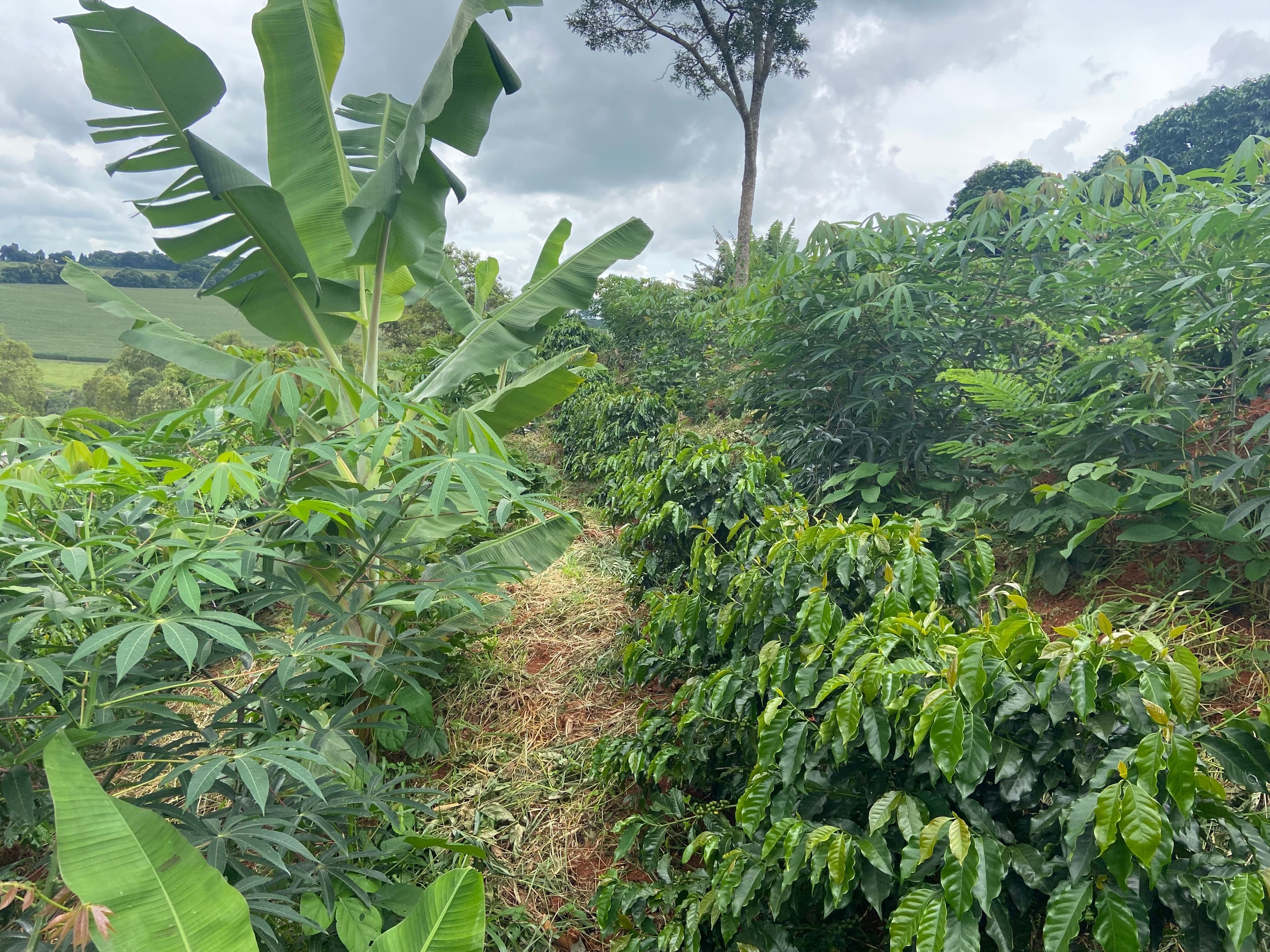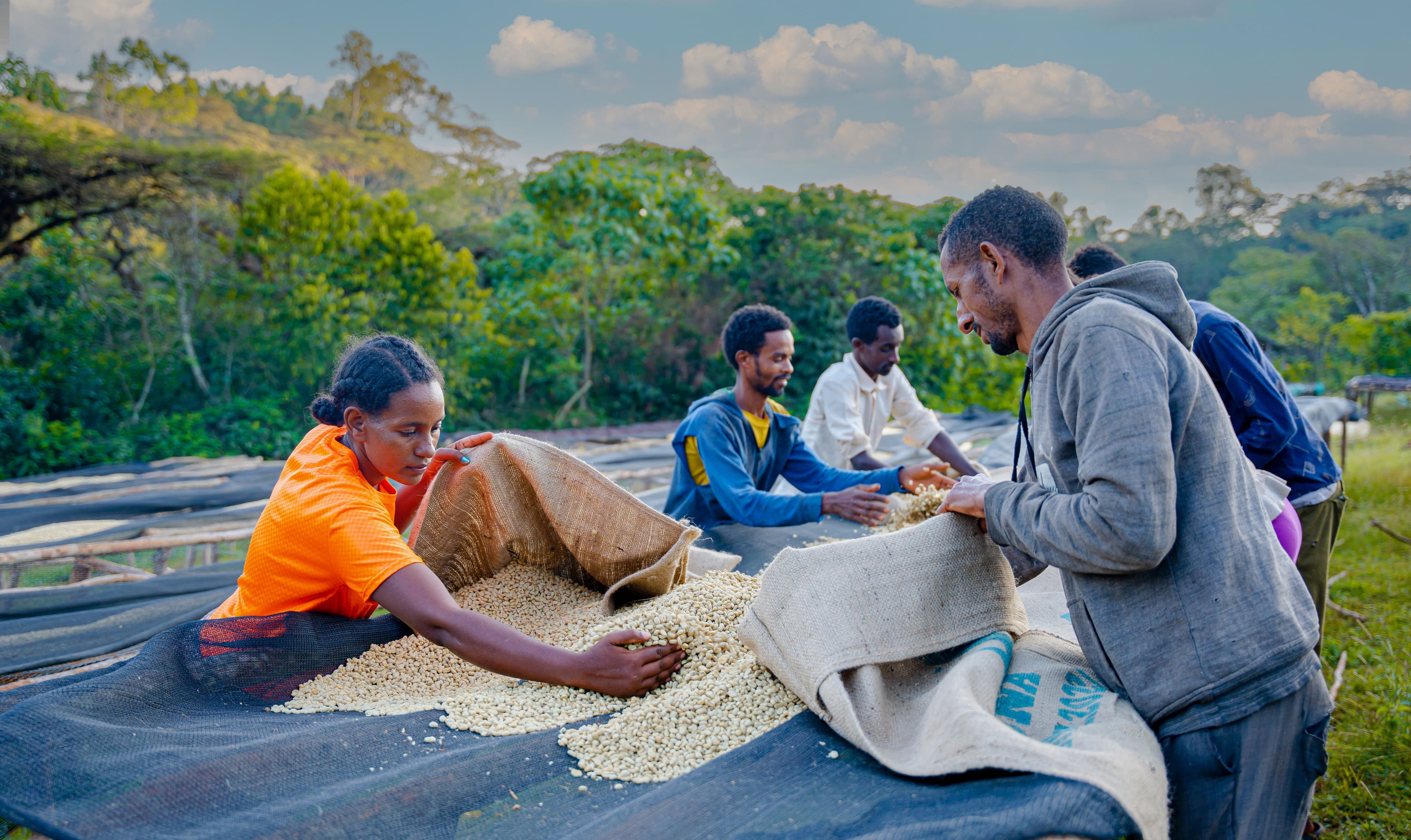Sustainability in the Coffee Sector: Uniting Efforts for a Living Income
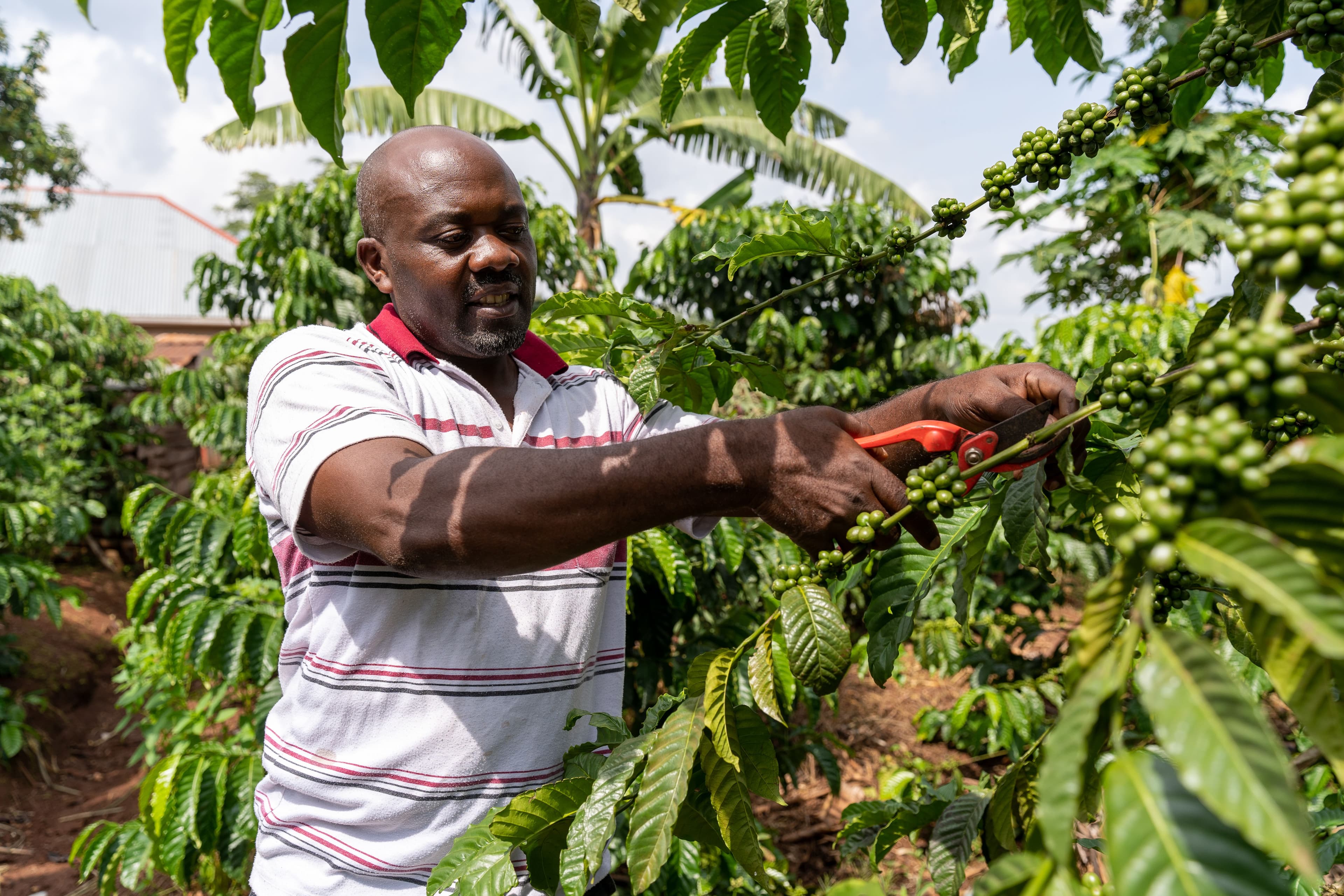
Living income is the income needed to maintain a decent standard of living – as such it should be part of any sustainability strategy. Despite ongoing efforts to improve livelihoods, most smallholder coffee farmers and their families are still far from earning a living income. Closing this gap is an enormous challenge – and to be successful, it requires a holistic strategy that involves the combined efforts of all stakeholders.
Measuring Smallholder Farmers’ Incomes for a Decent Life
Living income is a basic human right – as stated in Article 25 of the Universal Declaration of Human Rights, which says: “Everyone has a right to a standard of living adequate for the health and well-being of himself and of his family”. The concept of living income is increasingly finding its way into debates on sustainable development and thus complements the more common measure of poverty. Both measures share a common basis, attempting to measure the income necessary for a decent life. However, while being above the poverty line may mean a certain level of physical well-being, it does not guarantee a good quality of life.
Poverty is usually measured by national or international poverty lines, which define the minimum income needed to meet basic physical needs like food, shelter and clothing. Achieving a living income, on the other hand, is more ambitious: It aims to ensure that farmers can eat healthy food (more than just calories), live in a safe home, send their children to school, have access to health care, meet other basic needs, and save some money for emergencies.
The measure of living income considers the various income opportunities available to farmers, including on- and off-farm income, growing crops for household consumption, and includes cost factors such as school fees and input costs (see Figure 1 from The Living Income Community of Practice). To reflect these items as accurately as possible, the concept includes local differences.
Why Living Income is Essential for Sustainability in the Coffee Sector
Living incomes in the coffee sector are essential for farmers to live a decent life while managing their businesses in an environmentally responsible way. The coffee sector hence cannot be sustainable without farmers earning a living income. Earning just above the poverty line usually forces households to focus only on immediate survival, leaving little room to make better choices for their businesses, the environment or their communities. “The living income concept is an initial step towards improving and maintaining livelihoods”, says Ruiz. “At the same time, though, it can be just the beginning: We all deserve more than just a decent life”, Ruiz emphasizes. To truly consider future aspirations of farmers and their families and design life plans, he says, approaches need to go even further. One such approach is prosperous income, which encompasses an even higher level of income that allows individuals and families to truly thrive and invest in their future.
The Living Income Gap
Despite widespread efforts to create livelihoods in the coffee sector, most smallholder coffee farmers still live in poverty and do not currently earn enough money to live a decent life. “Also in our project regions, we see a significant income gap, ranging between 30 and 85 percent and averaging around 60 %”, says Dr. Katharina Lima de Miranda, Monitoring, Evaluation and Learning Manager at HRNS, who assessed livelihoods for the project with International Coffee Partners (ICP).
Compared to smallholder coffee farmers with similar acreage, these figures are even at the lower end (see for example Figure 8 here). “The gap varies depending on the data and concepts used, but what all evaluations have in common is the fact that there is a significant gap and therefore a great need for action” concludes Lima de Miranda. The current crises, including climate change and price volatility, make it even more important to close the living income gap – not least to give young people a future in the coffee sector.
A Holistic Strategy to Close the Gap
Closing the living income gap in the coffee sector is a major challenge. It cannot be solved by a single intervention, by a single organization, or by addressing single factors such as coffee yields. Rather, a holistic strategy is needed that addresses the various aspects necessary for farmers to be self-sufficient in the long term. This includes building resilience to shocks such as disease, price volatility and natural disasters, and addressing underlying weaknesses in supply chains, infrastructure and institutions.
To achieve this goal, HRNS developed its Theory of Change – the Livelihood Approach. At the heart of the Theory of Change is a holistic view of smallholder farmers’ lives, a vision that “goes beyond coffee production [… and] support[s] smallholder families to take a proactive role in shaping their lives in an informed and self-determined way.” The Theory of Change thus provides a framework for the kind of holistic strategy needed to close the living income gap. It emphasizes good agricultural practices, gender equality, strong farmer organizations, opportunities for youth, and resilience to shocks, for example by diversifying production and adapting to climate change. In this way, it cannot only help to identify the causes of the gap, but also provide useful approaches that HRNS is successfully implementing. “I believe the HRNS Theory of Change is one of the best and most holistic responses to not only achieving living incomes but also empowering family members and their support structures”, Ruiz concludes.
United Efforts to Close the Living Income Gap
To develop and implement such a strategy, joint efforts among all stakeholders are essential. Many problems – such as high school fees, inefficient distribution channels, or lack of credit – are beyond the scope of any single organization and can only be solved in cooperation with other organizations, as well as sectoral and policy actors. While the implementation of good agricultural practices, for example, can help narrow the gap, sectoral policies are essential to address structural barriers such as inefficient infrastructure. “Farmer organizations also play a very important role here,” adds Ruiz, ”especially in facilitating services and helping to improve farmers' efficiency by leveraging economies of scale.”
Recognizing the importance of collaborative efforts, HRNS is a well-connected organization that is constantly expanding its network of private and public partners. To launch joint efforts for living incomes, the foundation emphasizes the importance of policy advocacy and fosters local communities of practice – groups that share a common interest and work together to share knowledge – to encourage dialogue among diverse stakeholders. “A sectoral vision is needed in the regions. HRNS already contributes and other institutions are invited to bring their expertise to improve and complement the agenda”, Ruiz says.
HRNS Vision for the Future
The HRNS Theory of Change programmatically already plays a key role in addressing the living income gap in its projects. The challenge now is to identify and expand the interventions that can best close the gap. “As a next step, it would be great to conduct deeper studies in key areas to see how putting the Theory of Change in place has helped to reduce this gap and maybe even achieve more than just a living income”, explains Ruiz. To this end, living income will be increasingly measured in future projects and a pilot project on living income in Uganda is being planned.
Ultimately, additional resources and financial support will be needed to successfully develop local livelihoods roadmaps, scale them up, and initiate the necessary collaborations. Moving forward, HRNS calls on all stakeholders to collaborate in creating sustainable livelihoods and ensuring a better future for farmers and their families.

